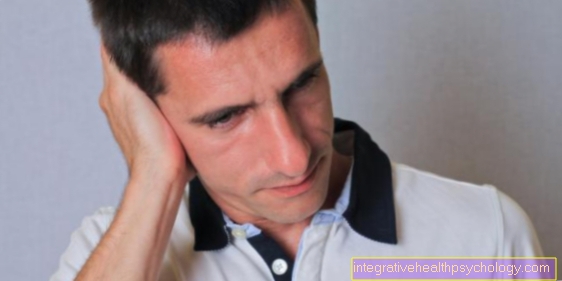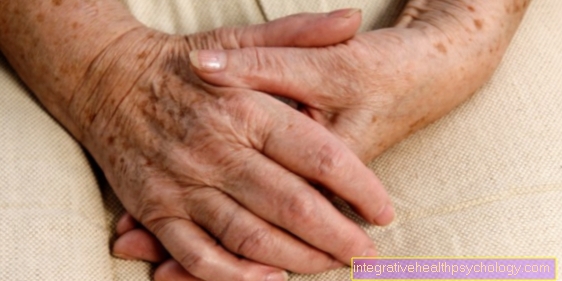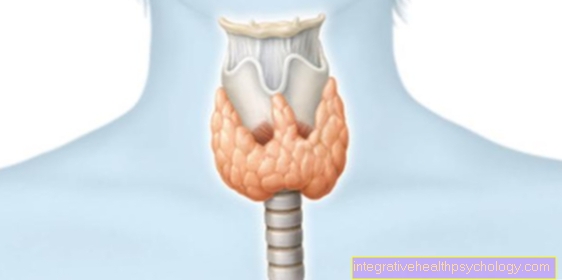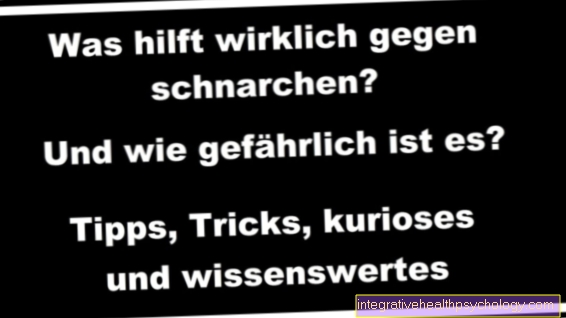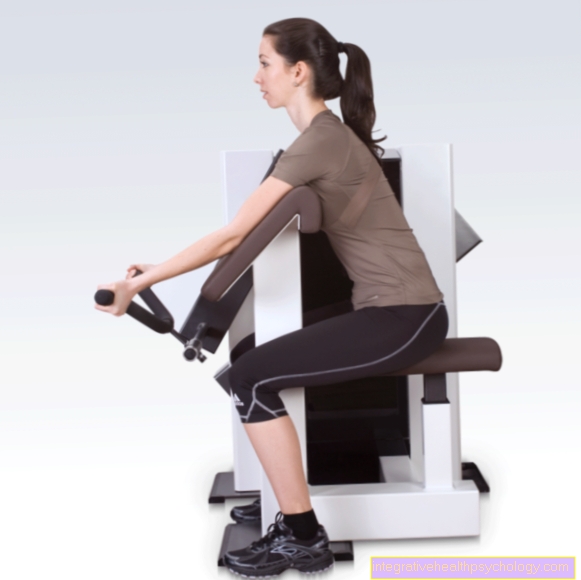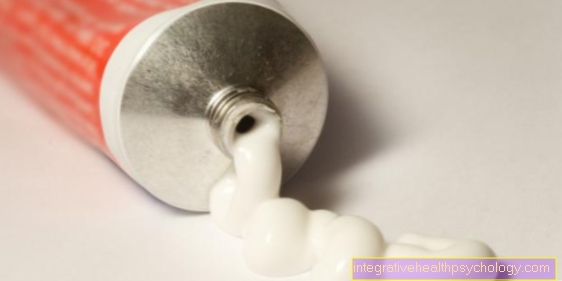Baby massage
definition
There is no clear definition of what exactly is meant by a baby massage. The type of massage varies from baby to baby. However, the goals of a baby massage can be more clearly defined. A baby massage is about strengthening the relationship with the child, building trust and relaxing the child.
However, since the body of a toddler is much more fragile, a baby massage does not consist of the classic firm kneading or stroking of the muscles, but rather of tender touches, light presses and circular movements, for example on the feet or fingers.
As a rule, you can see which movements the child likes. These can then be repeated and, if necessary, intensified at the next meetings.

Why should you have a baby massage?
There are many reasons for baby massage, and many parents are likely to do one without realizing it. So on the one hand, it is a natural intuition of most parents to physically turn to their baby.
It can also be assumed that a baby massage intensifies the relationship between the masseur and the child. The "communication" takes place not only verbally, but also in a tactile way. In addition, important stimuli are set, which should give the baby a better body feeling. It is believed that the more senses are activated in childhood, the more pronounced they become.
Depending on the type of massage, the massage can also have a relaxing effect on toddlers. With the appropriate massage technique, children become noticeably more relaxed and calmer. However, it is necessary that the masseur is also in a relaxed state of mind, since one's own mind often - consciously or unconsciously - transfers itself to the baby.
This also ensures that the massage can help to solve the child's problems falling asleep, provided that the person giving the massage also spreads a relaxed mood that the baby can benefit from. In addition, baby massage is said to have a positive effect on so-called postpartum depression. In this context, the baby massage has both a preventive and a positive effect on treatment.
Procedure for a baby massage
As already indicated, there is no strict schedule that a baby massage has to follow, but there are a few principles that should be followed in order to create the most comfortable and stress-free atmosphere for the baby.
On the one hand, the room in which the massage takes place should have a comfortable temperature for the child. In case of doubt, a higher temperature is better than a room that is too cold. Since the massage depends on the body contact between the masseur and the baby, the child has to be undressed for the most part anyway. The baby, who cools down faster than an adult, should not get too cold.
There is also no one-size-fits-all solution for the sequence, number or sequence of massage exercises. For most, however, it is easier to begin the massage on your hands or feet and then work your way towards your core.
You can find out the right pressure and the right speed at the distal parts of the body before continuing with the more fragile trunk of the baby. The hands of the masseur should also be warm, soft and as smooth as possible to enable pleasant skin contact.
costs
When it comes to costs, it is difficult to make binding or uniform statements. Since each provider can set their own tariff, there are no fixed rules or limits on costs. If necessary or in special cases, the costs of a baby massage can also be fully or at least partially covered by the health insurance company.
There are offers on the Internet for around several appointments (90 minutes in total) for, for example, € 65. However, it should be considered whether the money should be used for a course to learn baby massage techniques. If anything is unclear or if you have any questions, the health insurance company or the local pediatrician can certainly help.
How do I find a good baby massage?
To decide for the first time about a practice or a person that offers baby massage, one inevitably has to rely on the opinions of other people. Internet reviews can, but need not, be a good guide. When it comes to good services, word of mouth is usually more reliable.
In addition, good and reputable providers usually do not need to advertise themselves or their practice in a great way. In this regard, too, it is advisable to speak to the pediatrician if necessary. He usually knows a lot of experience reports or may have already worked with the people and can therefore give a well-founded opinion.
However, the main criterion for assessing the massage should be the relationship between your baby and the masseur. Both parties have to feel comfortable in this regard and especially for the parents of the baby it should not be a problem to have their child massaged by another person.
If the baby feels uncomfortable during the massage or if the parents are reluctant to give their child into the hands of the masseur, a change of practice / masseur is advisable.
When can my baby have a baby massage?
There is no mandatory minimum age for participation in a baby massage. However, it is advisable to wait until the child's navel has healed. As a rule, this is the case within the first one to two months of life. Even if the baby still seems fragile at this point, baby masseurs are experienced in dealing with small children, so that they will not exaggerate the pressure or the hardness of the massage.
However, baby massage usually becomes of therapeutic relevance from around six months of age. However, it is debatable whether it is still possible to speak of baby massage. Infant massage would probably hit it earlier at this point.
However, the massages for the child can be continued beyond the sixth month of life. It always serves to improve the relationship, emotional perception and relaxation of the child.
Which massage oil?
Roughly, oils with two effects can be distinguished in baby massage. Oils with a relaxing character and oils with an attention-grabbing character.
While pleasant fragrances or particularly caring substances are mixed in with the relaxing oils, the other oils are more characterized by the addition of, for example, mint fragrances or light forms of pungent substances such as cayenne pepper.
Particularly with small children, however, caution is advised with such oils, as the baby's skin is much more sensitive than is the case with the skin of an adult.






.jpg)
